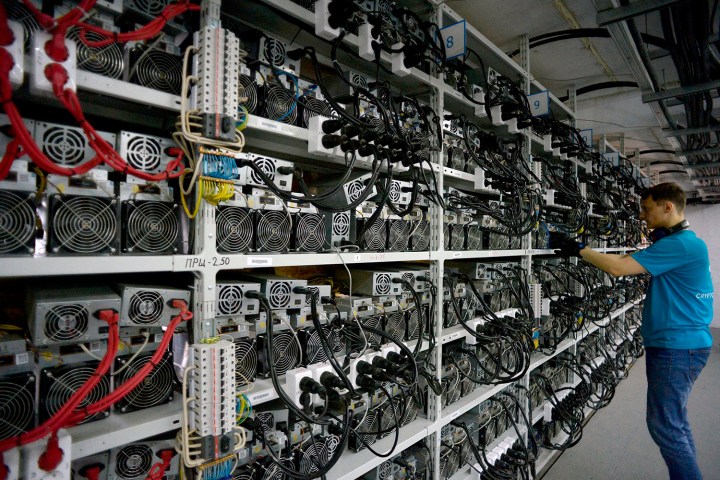
Bitcoin is 10 years old today. You might have read about the decade anniversy of Bitcoin back in October 2018, but that was merely for the original Whitepaper published by the pseudonymous Satoshi Nakamoto. Today is the 10 year anniversary of the day the first Bitcoin came into existence. It’s the decade-old anniversary of the mining of the genesis block.
Why is this significant? Well, the genesis block is the very first block in the blockchain technology that powers every function of Bitcoin and its altcoin pretenders. It’s a unique link in the chain because it’s the very first one — the only block in the entire digital infrastructure that is not tied to a previous block.
This genesis block came into existence on January 3, 2009, so today we celebrate its birth, for good or for bad. Let’s look back on a decade of Bitcoin mining and how it’s changed over the years.
The early days of mining
In completing the mining of that first block, Satoshi Nakamoto earned 50 Bitcoins for the trouble. Worth nothing at the time, today such a sum could be sold for more than $200,000 and a year ago would have fetched almost five times that.
The environmental impact of Bitcoin mining hardware all over the world is equivalent to that of a small country.
One of the more notable factors of that earliest of mining efforts and those that followed in the months after, was that the rewards were far higher and the difficulty of the mining was a fraction of a percent of what it is today. BitInfoCharts’ coverage of Bitcoin mining difficulty over the years highlights that the difficulty remained at a round “1” hash until the very last day of that year. That meant that you could mine Bitcoins with the weakest of consumer grade CPUs and still have a good chance of being rewarded with Bitcoins.
In the years that followed, as exchanges were founded and trading became more organized among Bitcoin evangelists, the difficulty of mining rose significantly, requiring more and more powerful processors, then graphics cards, and then in 2013, the application specific integrated circuits, or ASIC mining hardware, started to appear. Those micro-computers were and are designed specifically to mine Bitcoin and they offer performance far in excess of even the most powerful of graphics cards. That lead to a whole new arms race in the Bitcoin mining wars and the difficulty exploded in turn.
By the end of 2013 Bitcoin difficulty had crested a Gigahash for the first time. That’s more than a thousand, thousand, thousand times as difficult as the mining of the genesis block. Since then it’s increased thousands of times more and today the environmental impact of Bitcoin mining hardware all over the world is equivalent to that of a small country.
Solving blocks also delivers far less of a reward to miners – just 12.5 Bitcoins per block – and the competition is so fierce that only those with the ability to invest in server farms of ASIC miners with cheap electricity and plentiful, cheap cooling, stand to make much of a profit – especially considering Bitcoin’s recent pricing crash.
Related
Even though the downturn in the value of the cryptocurrency has lead to the first reduction in Bitcoin mining difficulty in months and the most significant in its history, it seems unlikely that people will ever stop mining it. The whales aren’t selling their Bitcoin, so those with the most to lose believe that there isn’t much risk in “HODLing” on a little longer at least.
Over the years to come, Bitcoin mining will continue and the trickle of tokens will turn into a drip as more and more of the maximum 21 million Bitcoins are mined and released into the wild. We passed the 80 percent mark earlier this year, and we’re set to pass 83 percent by the end of it. It might take as long as 100 years to mine the very last Bitcoin, with the rewards continue to halve every few years throughout that time. But assuming the cryptocurrency is still around at that point, miners will need to continue in some guise to process transactions on the blockchain. They do have an important job to do, beyond just earning themselves rewards and mining fees.
Where does that leave us? Well, the future of Bitcoin and Bitcoin mining is anything but certain, as the wild swings in the cryptocurrency’s value suggest. But it seems likely in the near future, at least, that mining will continue as it has done for the past decade. Ever expanding, growing ever more difficult. What that means for Bitcoin’s value and the environment that’s so affected by the demands of such an expansive network of ASIC hardware, remains to be seen.
The future of Blockchain technology, though, is arguably far more exciting.
Although we wouldn’t suggest mining Bitcoin, if you’d like to learn more about how to do it, check out our guide on getting started.




